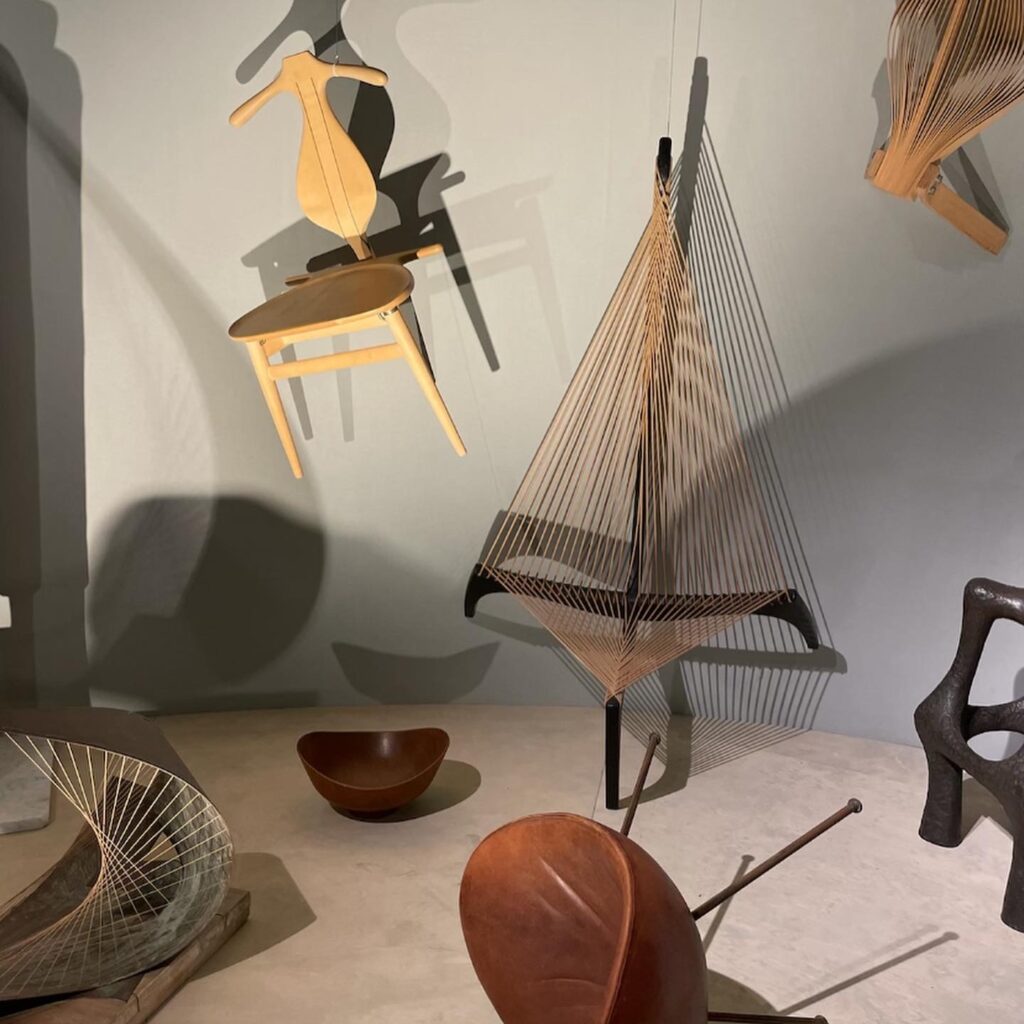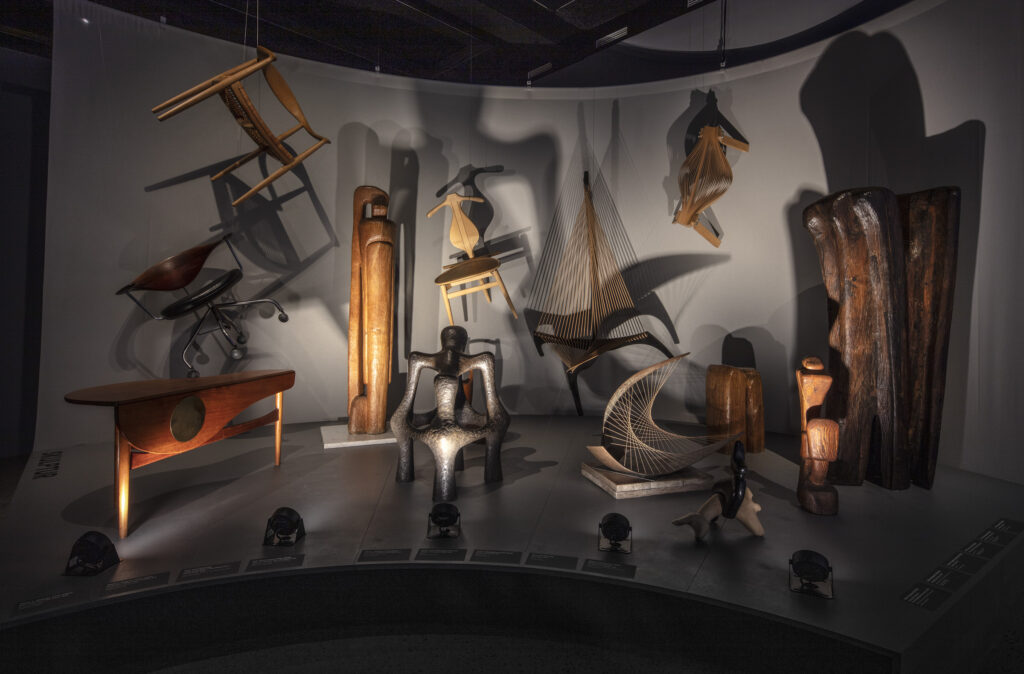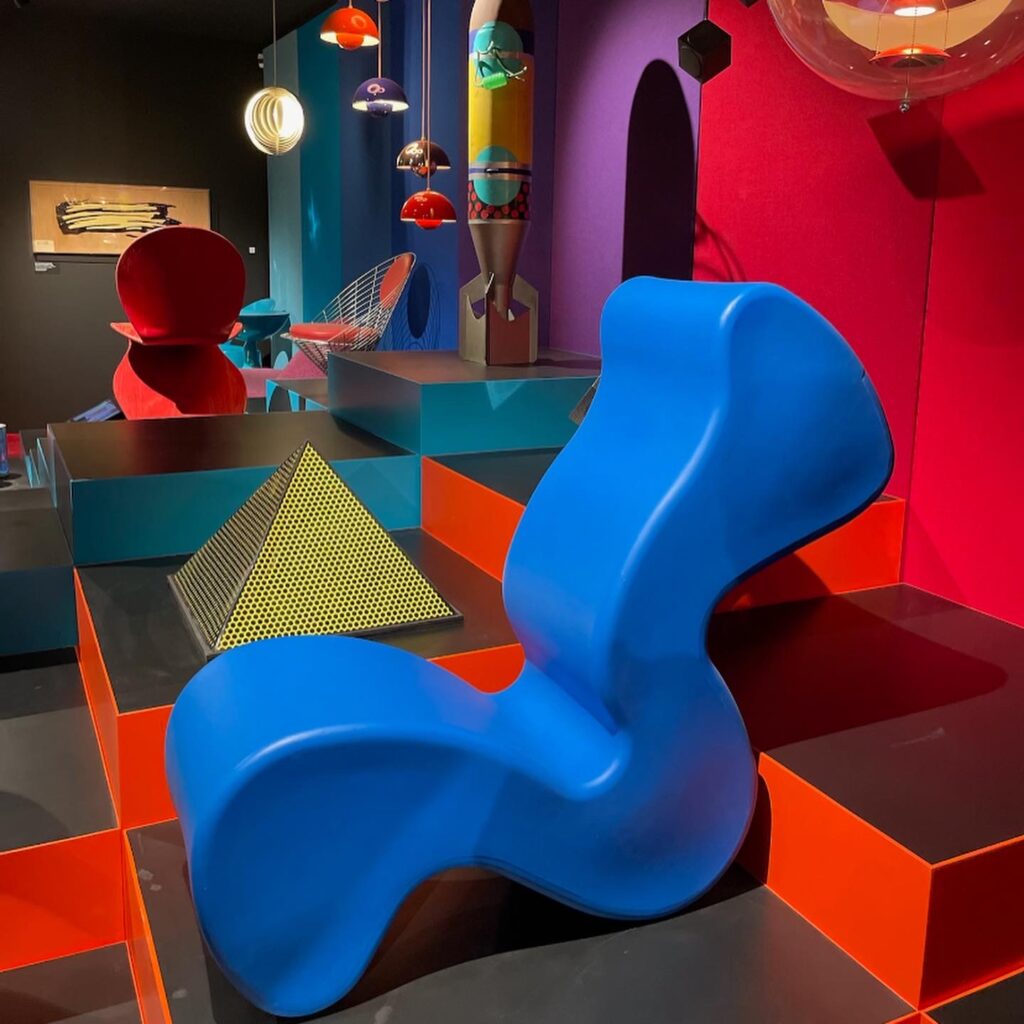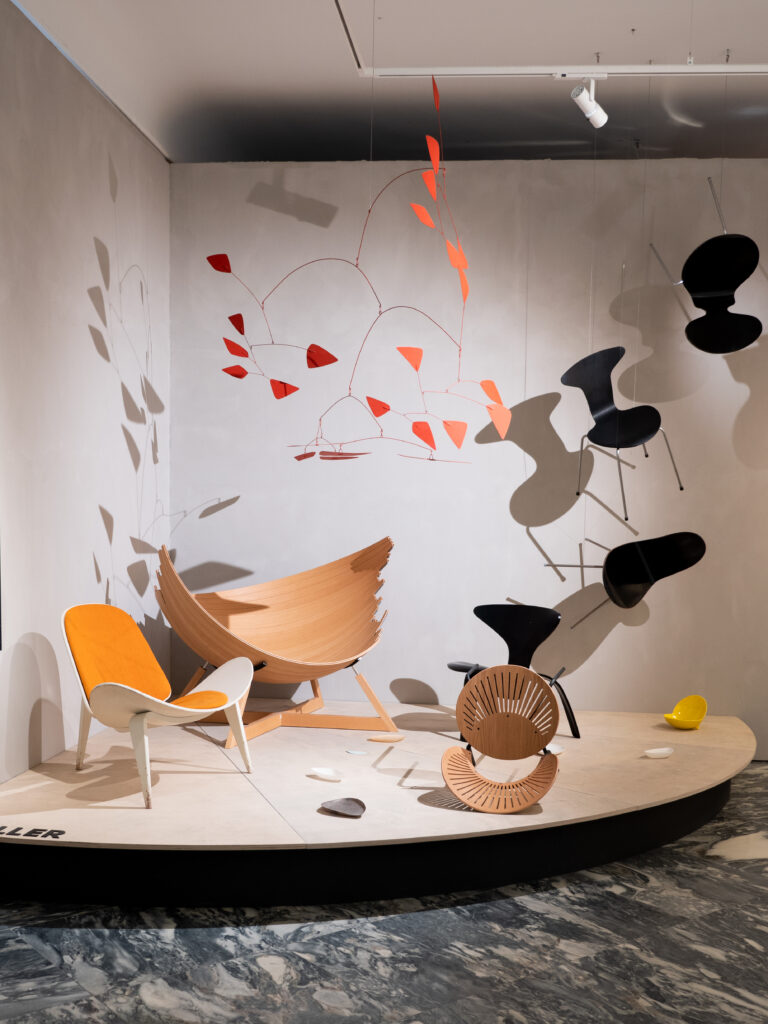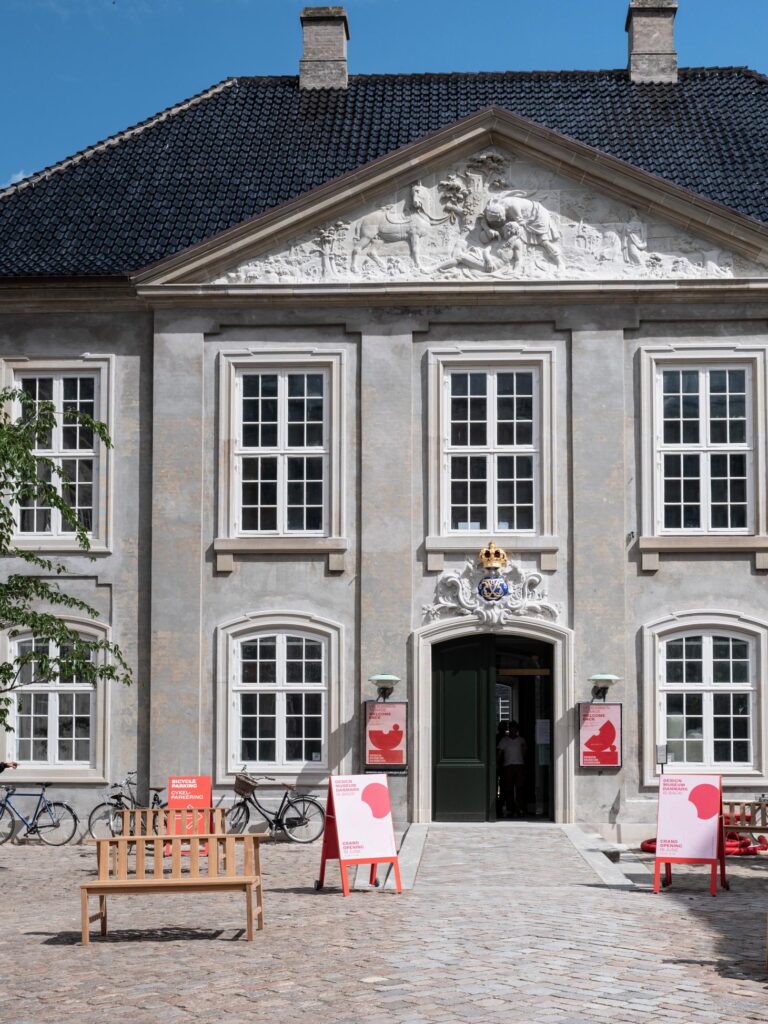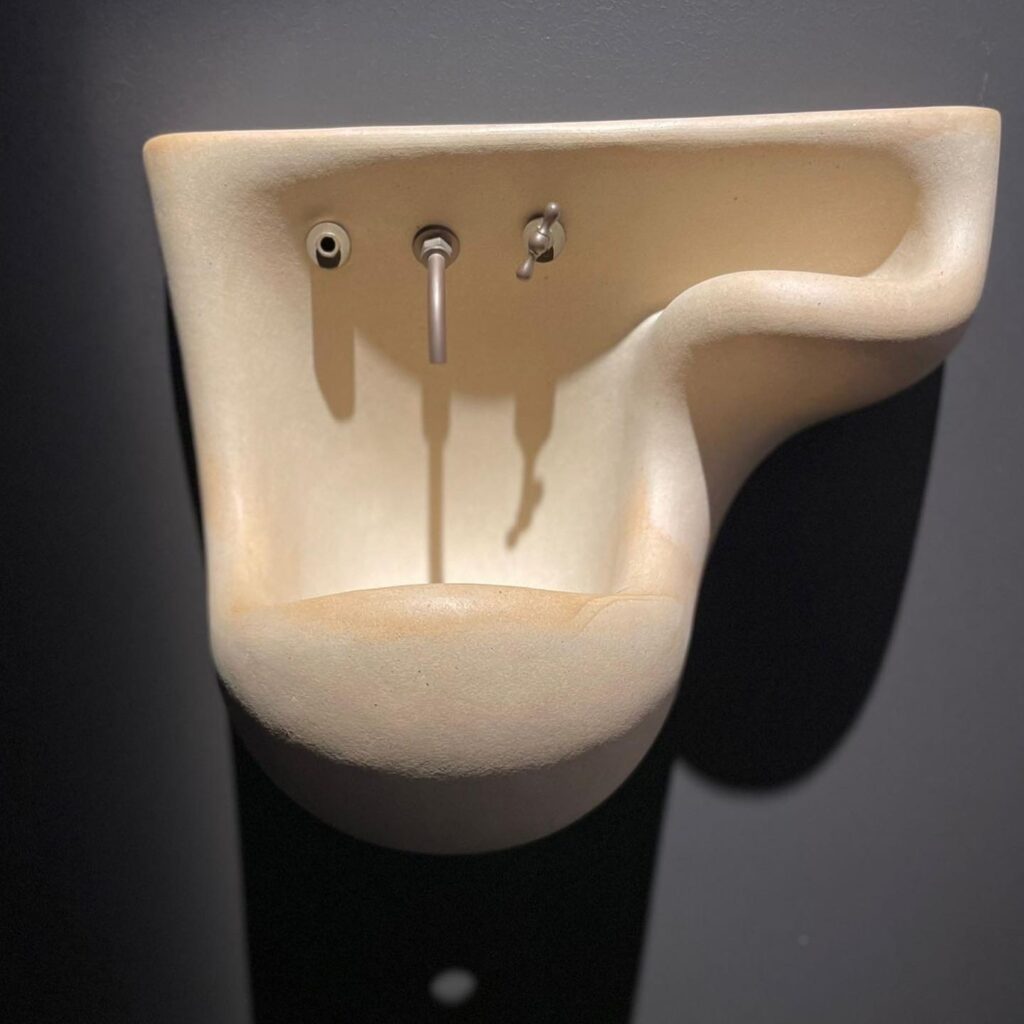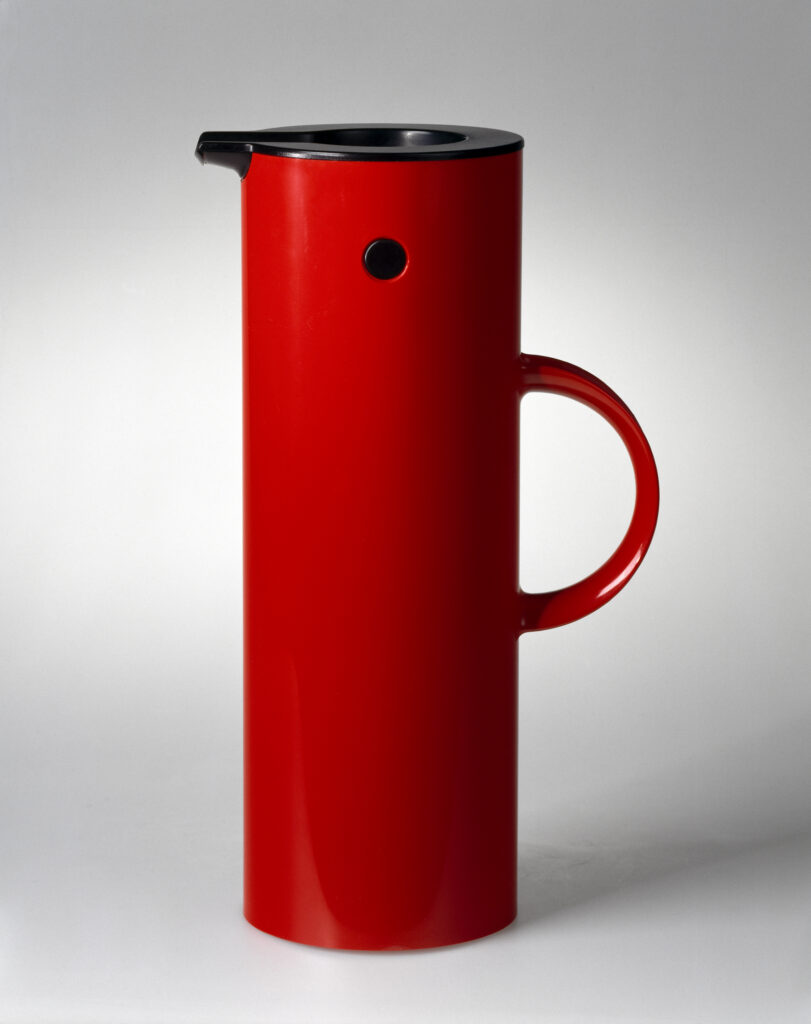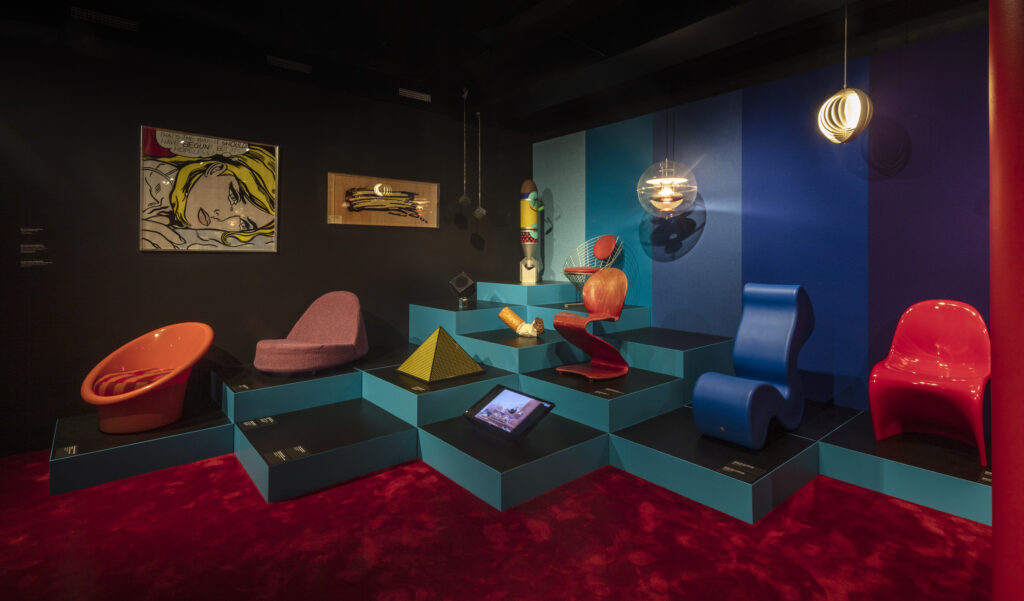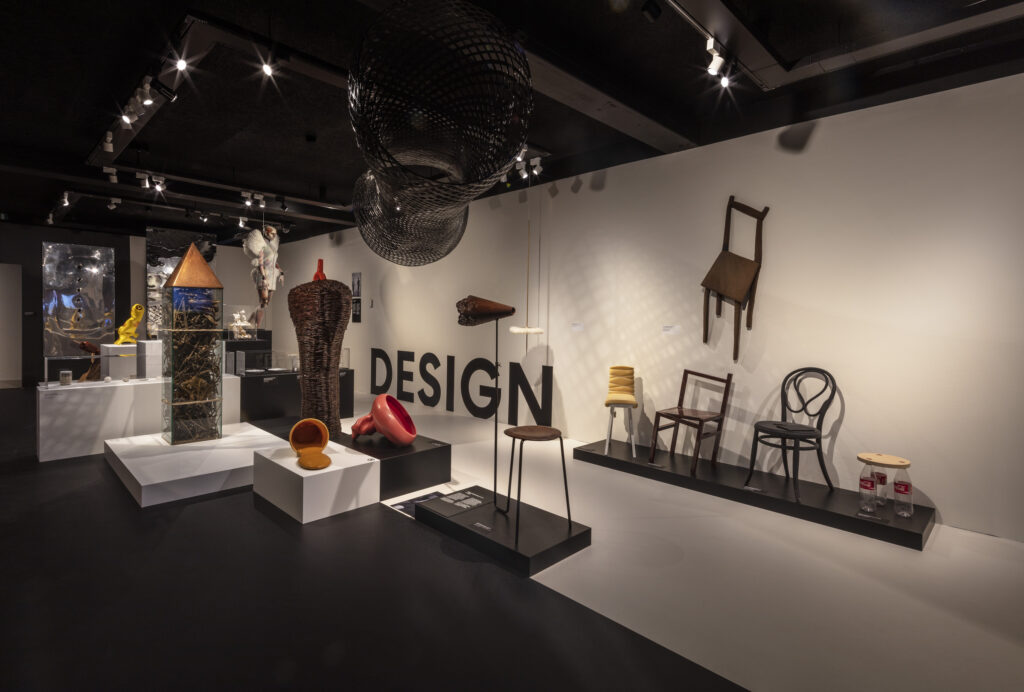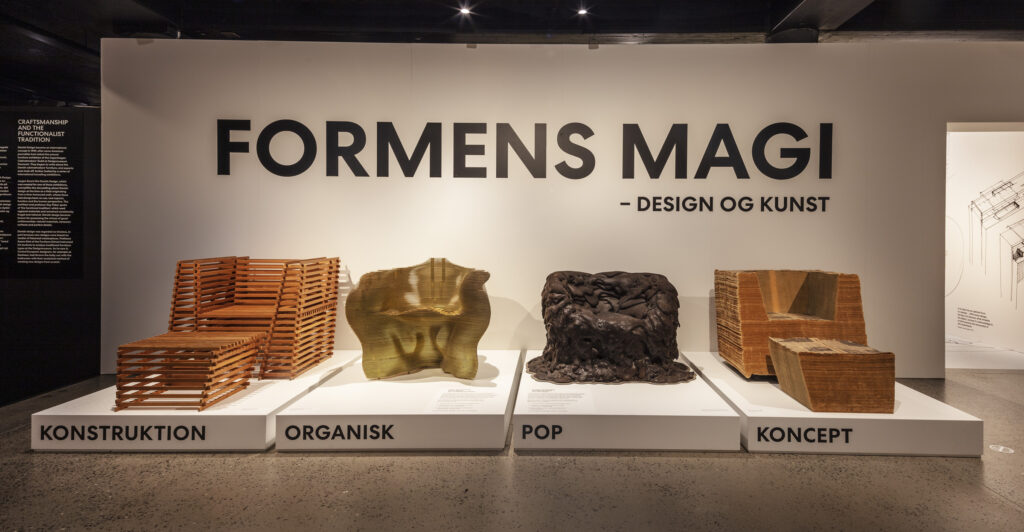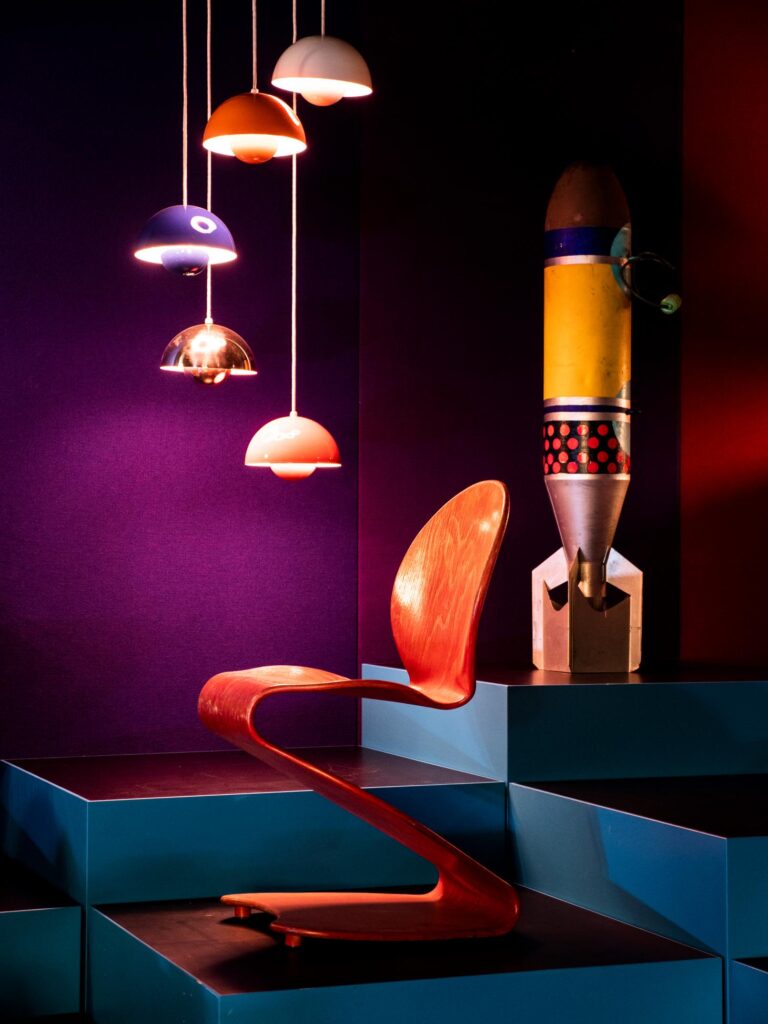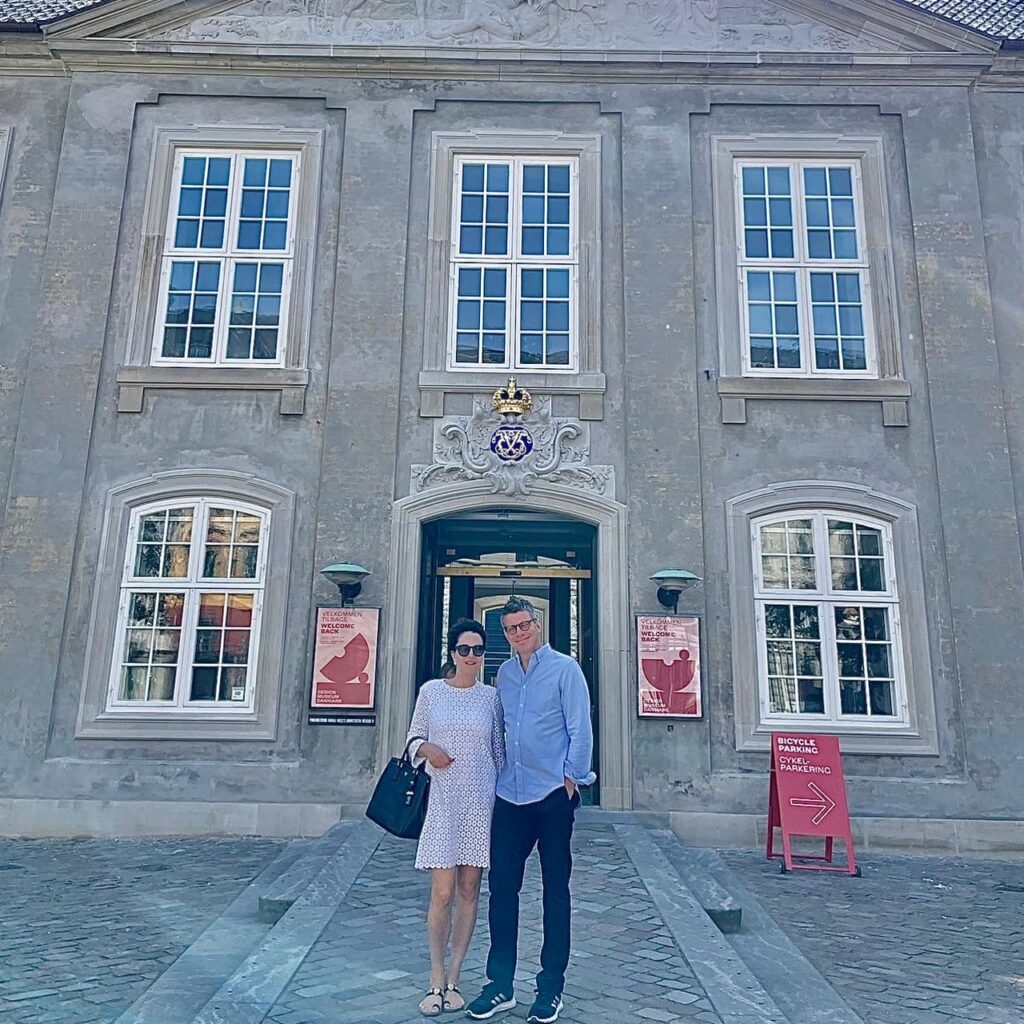
There is no other institution more closely associated with the culture and legacy of Danish Modern and Nordic design than Designmuseum Danmark, the famed museum for design and craft in Copenhagen. Now that it has reopened after two years it was closed for major renovations, it is where I have opened my visit to Denmark’s capital. The history of the Museum has been interwoven with that of the building itself, a former hospital built in the 18TH century. Just like the British who came to recognize as early as the 19th century the power of industrial design as a cultural mark that deserves to be exhibited in a national museum, so the Danish founded the Museum in 1890 in the city which had subsequently emerged as the mecca of modern design. In 1926, the Museum moved to its current building, a single-story beautiful structure built around a large courtyard, not before it had undergone extensive renovation that turned it from a hospital to a museum. The architect was Kaare Klint, known as the father of Danish Modern. For the Danish who are proud of the modernist design heritage, the Museum stands at the center of national pride.
The new arrangement was curated in accordance with the four wings of the squarish building: Entrance, shop, and restaurant; Contemporary design and material culture; historical material that signifies the nature of the Museum’s early collection; and the last one, my favorite is devoted to 20th-century design. Entitled “The Magic of Form,” it is one of the most beautiful and interesting presentation of desing recent memory. Arranged both chronologically and thematically, the exhibition allows the viewer to follow the historical evolution of design from 1900 to the present. It illuminates styles, but with a strong focus on presenting design in a broad context that establishes a strong ground of didactic experience. What makes this presentation particularly intriguing is the way the design collection is mixed with art and architecture photography. The exhibition was curate in collaboration with two other local museums — Kunsten Museum of Modern Art Aalborg and the Louisiana Museum of Modern Art, allowing the visitor to understand design as a cultural phenomenon which is closely tied to visual art.
The pieces on display are just joy to the eye and the soul. Some important examples of the early years of Danish design, around 1900, which looks similar to German Jugendstil; important examples by the Danish masters – Arne Jacobbsen, Finn Juhl, Hans J. Wegner, Nanna Ditzel, Verner Panton, silver by Henning Koppel, ceramics by Axel Salto; and a great presentation of Nordic design today with pieces by Louis Campbell, Mathias Bengtsson, Rasmus Fenhann and more. The curatorial team of the Designmuseum Danmark is doing anything to acquire the best pieces of historical and important provenance which come up to the market in expanding this finest collections even when the pieces of desire fetch astronomical price. The building and the exhibition provide a spectacular design experience that makes one want to go back over and over, certainly a great moment for all design lovers.
